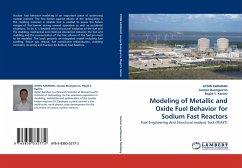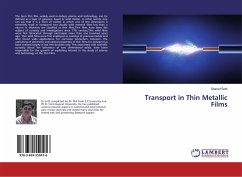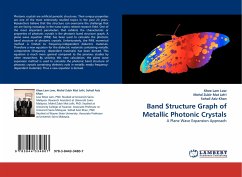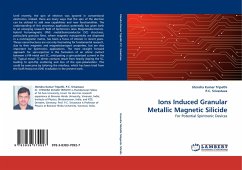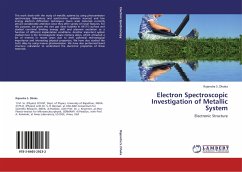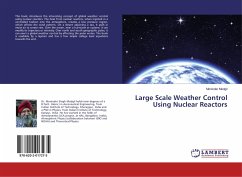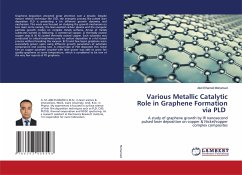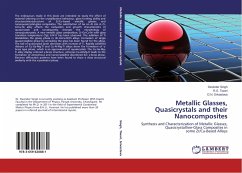Nuclear fuel behavior modeling is an important piece of optimizing nuclear reactors. The first barrier against release of the radioactivity is the cladding material. A reliable tool is needed to assess the failure margin of this barrier during normal operation as well as accidental situations. To do it, a detailed micro-structural evolution of the fuel and the cladding, mechanical and chemical interaction between the fuel and cladding and the pressurization of the free volume of the fuel pin need to be modeled. The book presents an integrated model including fuel swelling, fission gas release, fuel constituent redistribution, cladding corrosion, straining and fracture for Sodium Fast Reactors.
Bitte wählen Sie Ihr Anliegen aus.
Rechnungen
Retourenschein anfordern
Bestellstatus
Storno

